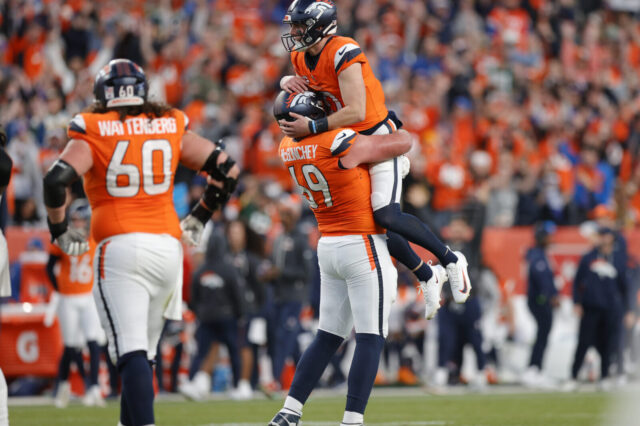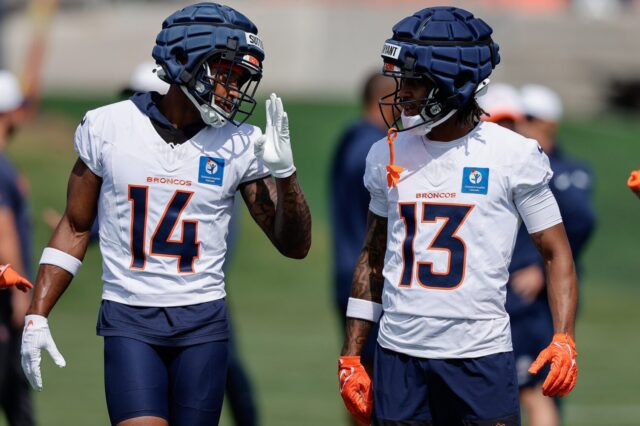It had been many years, 10 to be exact, since former Broncos great Terrell Davis first became Hall of Fame eligible. It seemed to be a routine in every Broncos fan’s offseason to watch a panel of NFL contributors consistently snub one of the game’s all-time great running backs. But every year, support for Davis’ case to join his fellow Broncos legends in Canton continued to grow.
Finally, on February 4, Davis became the fifth Bronco (with at least four years on the team) voted into the Hall of Fame.
Many were shocked and surprised by the news. Many NFL writers and analysts had predicted Davis’ best shot to make the cut would be 2018. Davis even said so himself. In a class that contained one of the greatest running backs of all time in LaDainian Tomlinson, everyone had assumed that the unwritten “one per position rule” would keep Davis out of the hall for one more year.
Instead, Davis joined Tomlinson as the first RB duo of the same Hall of Fame Class since Gale Sayers and Frank Gilford in 1977.
Many still question whether Davis truly deserved a spot in Canton. Davis’ career was cut so short due to injury. Without the padded stats of a 10-12 year healthy career, Davis’ numbers are often seen as relatively low.
But this year, the voters got it right.
Davis was a dominate force through the 90s. Rushing for 1,117 yards and seven touchdowns in his rookie season, Davis’ numbers increased in each of his first four campaigns. Most notably was his 1998 season, when he became just the fourth RB in NFL history to rush for over 2,000 yards in one season.
From 1996-1998, Davis was selected to three straight Pro Bowls to go along with three straight first-team All-Pro selections. By comparison to Tomlinson, who many consider one of the best backs to ever play the game, Davis’ numbers match up well.
Over a much lengthier 11-year career, Tomlinson was also selected as a first team All-Pro three times, and only made two more Pro Bowls than Davis. An incredible statistic, considering Davis played in only 46 percent of the games that Tomlinson did.
Looking outside of his fellow 2017 Hall of Famer, Davis’ impressive 97.5 rushing yards per game ranks third all-time behind legends Jim Brown and Barry Sanders. This feat is even more impressive considering Davis’ final three seasons were severely limited with injury.
Davis also played his best in the most important games: the playoffs. Davis ranks first in average rushing yards per playoff game at an incredible 142.5 yards a game. The next closest is Arian Foster at 128.8. The next closest Hall of Famer on the list? John Riggins with 110.7 yards per game.
Davis’ accomplishments and impact on the Denver Broncos’ legacy will never be forgotten. Already a member of the Denver Broncos Ring of Fame, the city of Denver has known ever since the hit that started it all; from his rookie year, to his Super Bowl MVP performance, through his retirement, Davis is one of the best NFL backs of all-time.
16 long years later, it appears the rest of the NFL has finally caught on. Congrats, TD.



